Discover how a bimodal integration strategy can address the major data management challenges facing your organization today.
Get the Report →Use the Connect Server to Access JSON Services in Microsoft Power Pivot
Use the Connect Server to connect to live JSON services in the Power Pivot business intelligence tool.
This article will explain how to use the Connect Server to provide JSON services as OData services and then consume the data in Microsoft Excel's Power Pivot business intelligence tool. Follow the steps below to retrieve and edit JSON services in Power Pivot.
Connect to JSON from Power Pivot
To work with live JSON services in Power Pivot, we need to connect to JSON from Connect Server, provide user access to the new virtual database, and create OData endpoints for the JSON services.
Add a Connect Server User
Create a User to connect to JSON from Power Pivot through Connect Server.
- Click Users -> Add
- Configure a User
![Creating a new user]()
- Click Save Changes and make note of the Authtoken for the new user
![Connect Server users]()
Connect to JSON from Connect Server
CData Connect Server uses a straightforward, point-and-click interface to connect to data sources and generate APIs.
- Open Connect Server and click Connections
![Adding a connection]()
- Select "JSON" from Available Data Sources
- Enter the necessary authentication properties to connect to JSON.
See the Getting Started chapter in the data provider documentation to authenticate to your data source: The data provider models JSON APIs as bidirectional database tables and JSON files as read-only views (local files, files stored on popular cloud services, and FTP servers). The major authentication schemes are supported, including HTTP Basic, Digest, NTLM, OAuth, and FTP. See the Getting Started chapter in the data provider documentation for authentication guides.
After setting the URI and providing any authentication values, set DataModel to more closely match the data representation to the structure of your data.
The DataModel property is the controlling property over how your data is represented into tables and toggles the following basic configurations.
- Document (default): Model a top-level, document view of your JSON data. The data provider returns nested elements as aggregates of data.
- FlattenedDocuments: Implicitly join nested documents and their parents into a single table.
- Relational: Return individual, related tables from hierarchical data. The tables contain a primary key and a foreign key that links to the parent document.
See the Modeling JSON Data chapter for more information on configuring the relational representation. You will also find the sample data used in the following examples. The data includes entries for people, the cars they own, and various maintenance services performed on those cars.
![Configuring a connection (SQL Server is shown).]()
- Click Save Changes
- Click Privileges -> Add and add the new user (or an existing user) with the appropriate permissions (SELECT is all that is required for Reveal).
Add JSON OData Endpoints in Connect Server
After connecting to JSON, create OData Endpoints for the desired table(s).
- Click OData -> Tables -> Add Tables
- Select the JSON database
- Select the table(s) you wish to work with and click Next
![Selecting a Table (SQL Server is shown)]()
- (Optional) Edit the resource to select specific fields and more
- Save the settings
(Optional) Configure Cross-Origin Resource Sharing (CORS)
When accessing and connecting to multiple domains from an application, there is a possibility of violating the limitations of cross-site scripting. In that case, configure the CORS settings in OData -> Settings.
- Enable cross-origin resource sharing (CORS): ON
- Allow all domains without '*': ON
- Access-Control-Allow-Methods: GET, PUT, POST, OPTIONS
- Access-Control-Allow-Headers: Authorization
Save the changes to the settings.
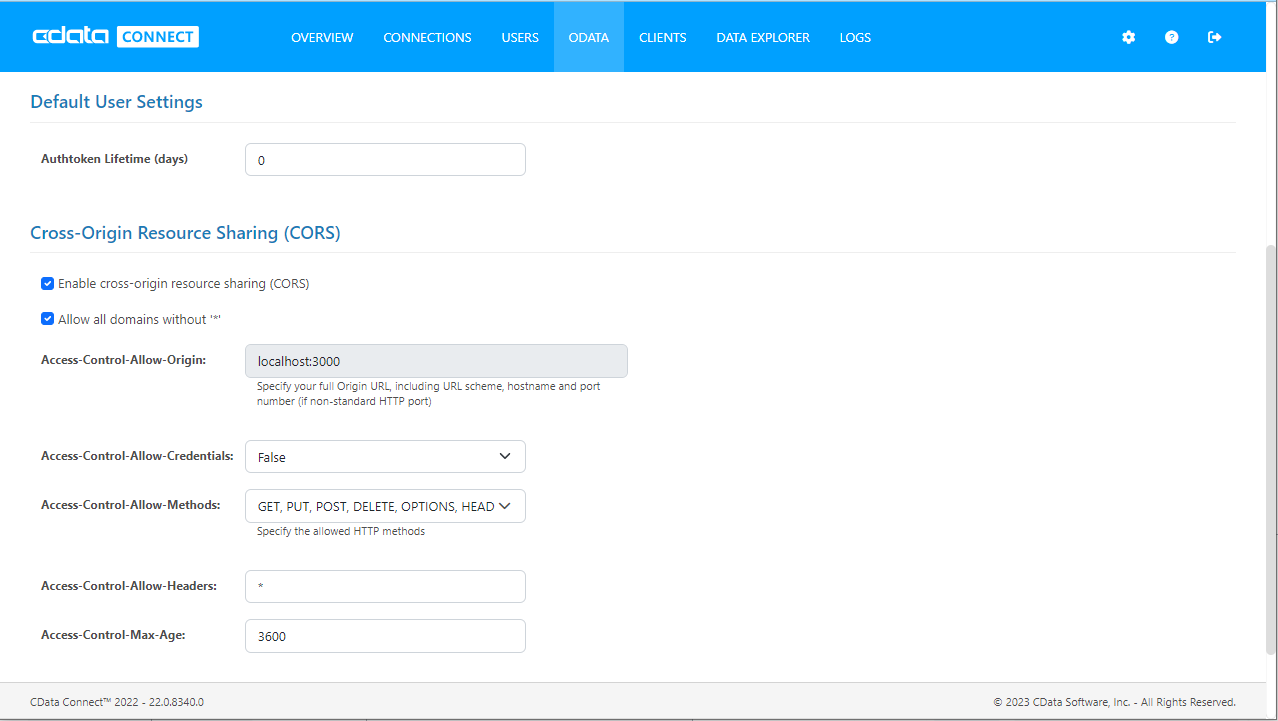
Import JSON Tables in Power Pivot
Follow the steps below to import tables that can be refreshed on demand:
-
In Excel, click Data -> Get Data -> From Other Sources -> From OData Feed
![The URL of the OData endpoint for the Connect Server. (SQL Server is shown.)]()
-
Fill out the OData feed URL (e.g. http://localhost:8080/odata.rsc)
![The URL of the OData endpoint for the Connect Server. (SQL Server is shown.)]()
-
On the next screen, select Basic and configure the username and password. Password should be your auth token.
![The URL of the OData endpoint for the Connect Server. (SQL Server is shown.)]()
-
Select the tables that you would like to import into Excel
![The URL of the OData endpoint for the Connect Server. (SQL Server is shown.)]()
-
After selecting your table(s) and clicking Load, you should see the data appear in an Excel spreadsheet
![The URL of the OData endpoint for the Connect Server. (SQL Server is shown.)]()
-
Now, click the Power Pivot tab on the ribbon, and then select Add to Data Model.
![The URL of the OData endpoint for the Connect Server. (SQL Server is shown.)]() This can now work with your JSON services in Power Pivot.
This can now work with your JSON services in Power Pivot.
![The Pivot Table that is consuming OData feeds from the Connect Server. (SQL Server is shown.)]()
Free Trial & More Information
If you are interested in connecting to your JSON services (or data from any of our other supported data sources) from Power Pivot, sign up for a free trial of CData Connect Server today! For more information on Connect Server and to see what other data sources we support, refer to our CData Connect page.






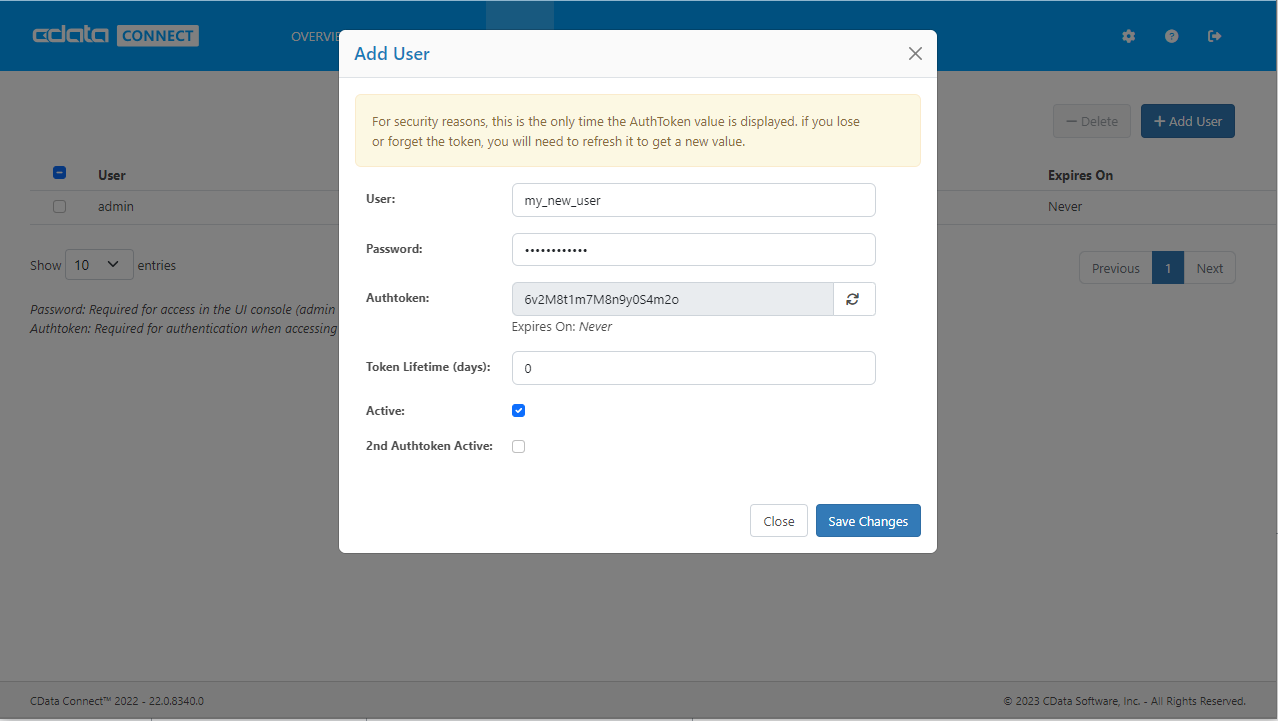
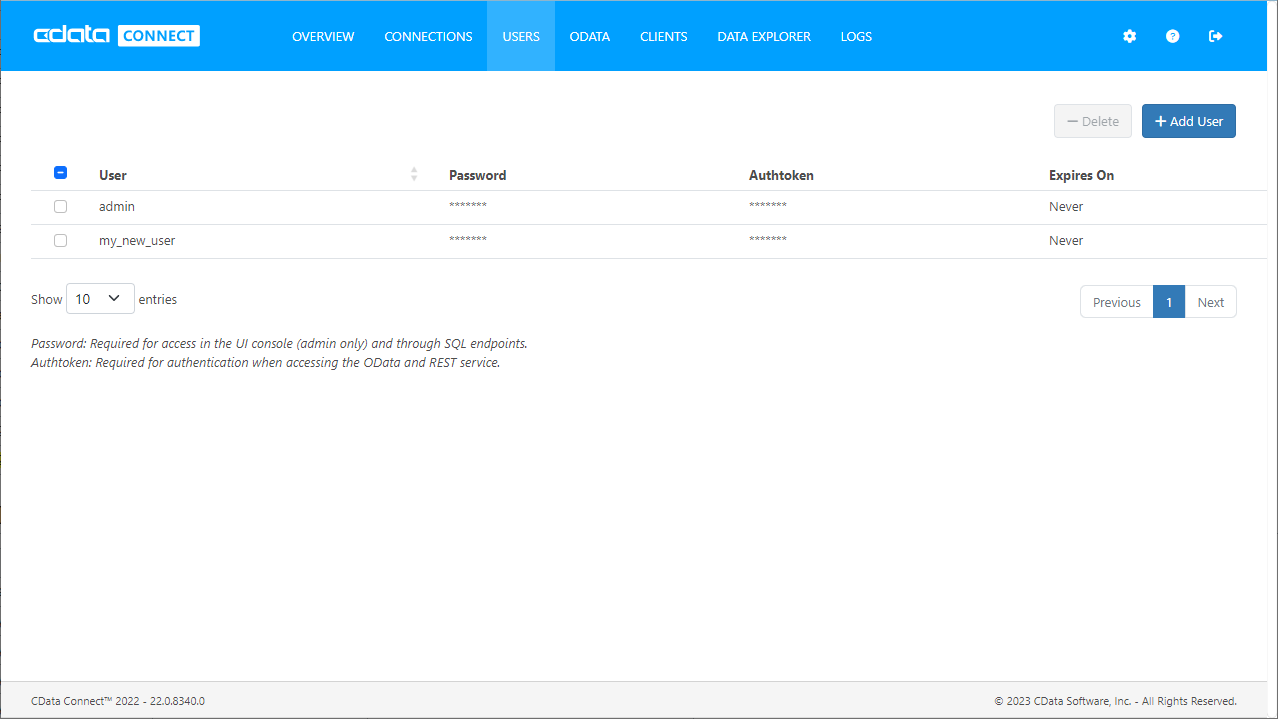
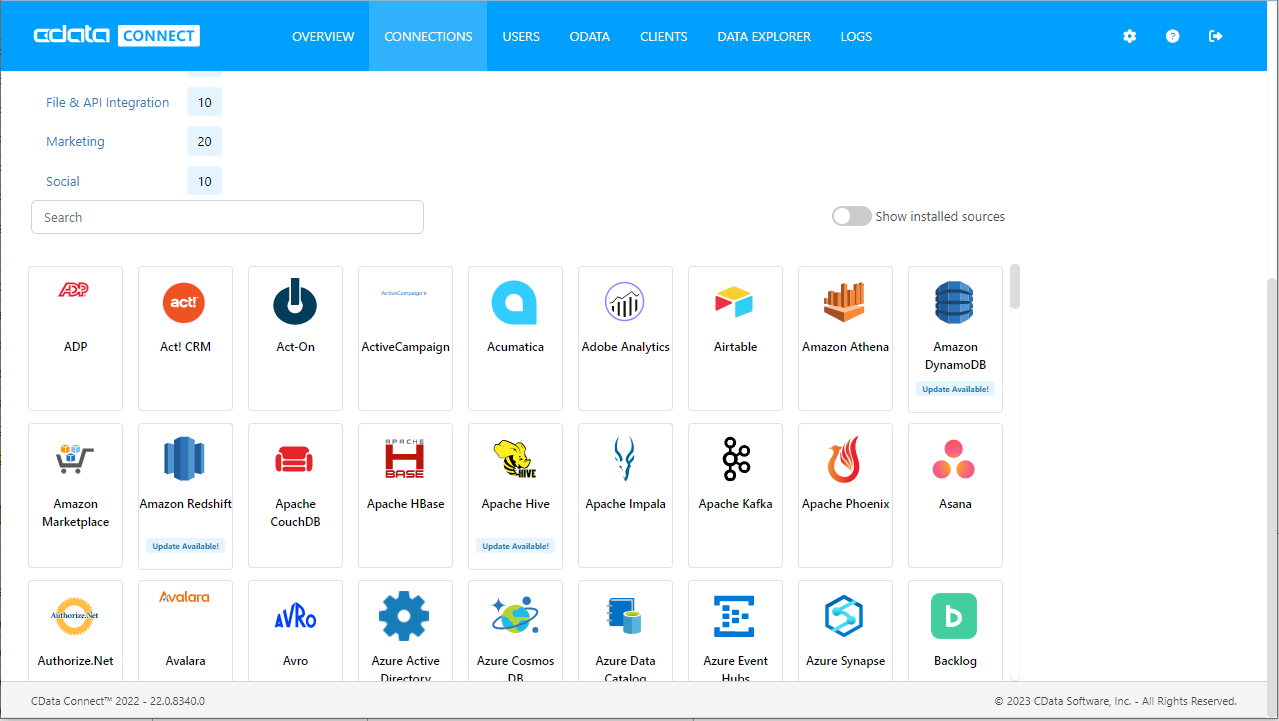
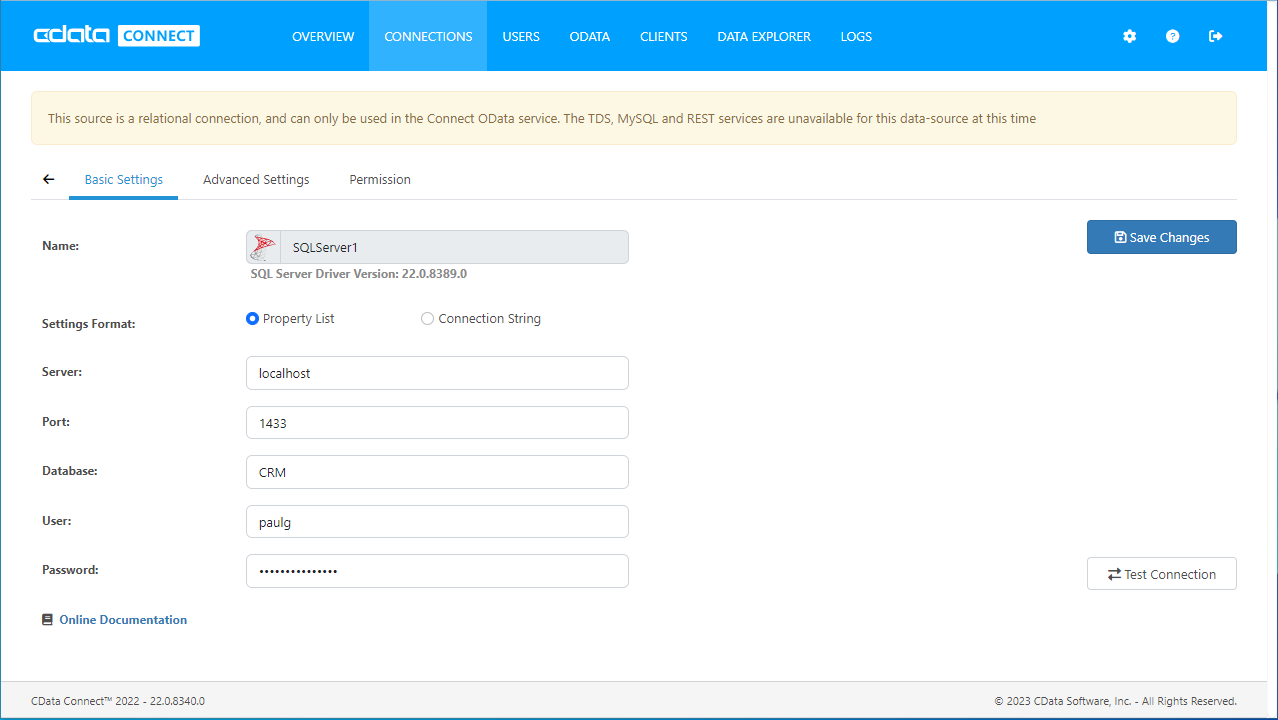
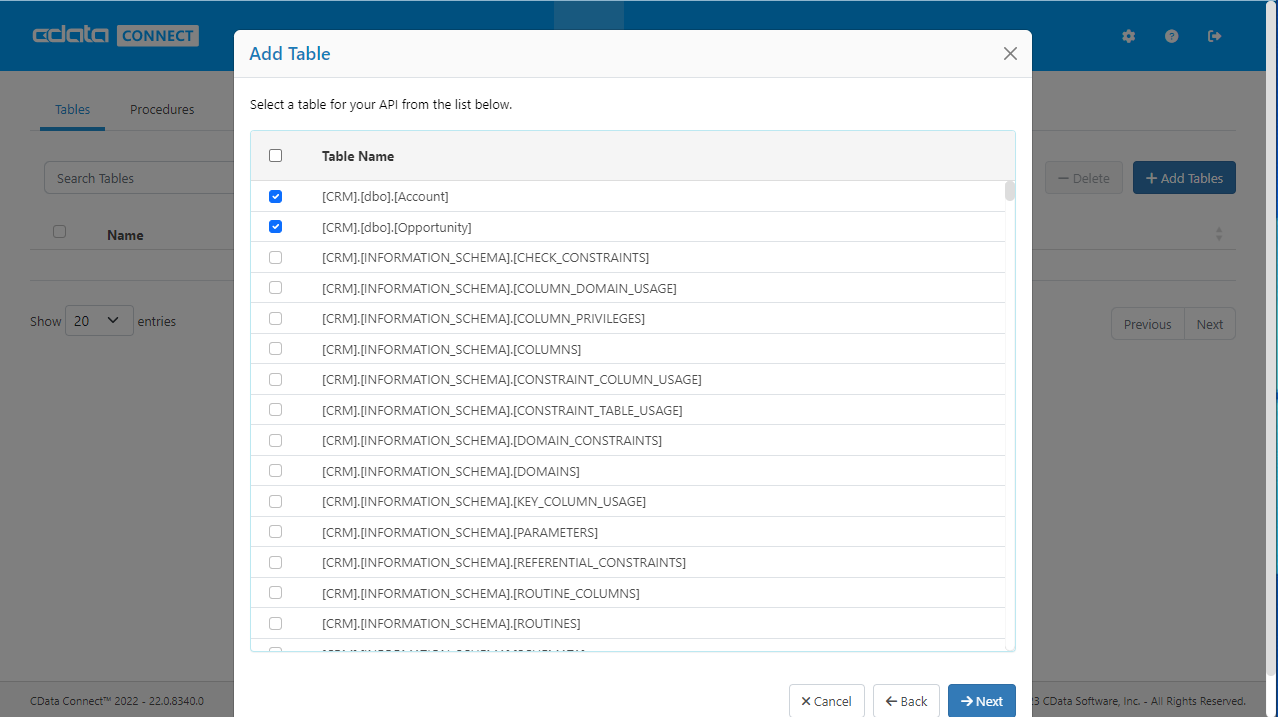





 This can now work with your JSON services in Power Pivot.
This can now work with your JSON services in Power Pivot.

